Empire of the Desert Ants – BBC (2011)
BBC Wildlife Division’s Natural World series tells the natural history of the honeypot ant (Myrmecocystus mimicus) in the Arizona desert. This is the first footage to show honeypot ant queens co-operating in the wild. Filmmakers spent 150 days in the deserts of Arizona, US to capture the behavior of the ants. Filming the foundation of a new colony was a considerable challenge because the insects rarely ventured above ground. The team was fortunate enough to witness a mating swarm that […]

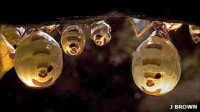
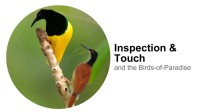

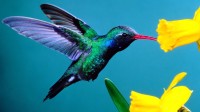
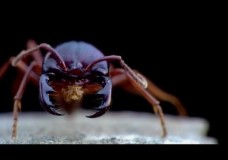
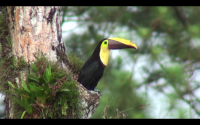

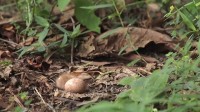
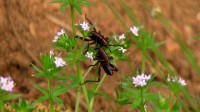
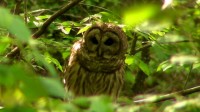

Recent Comments